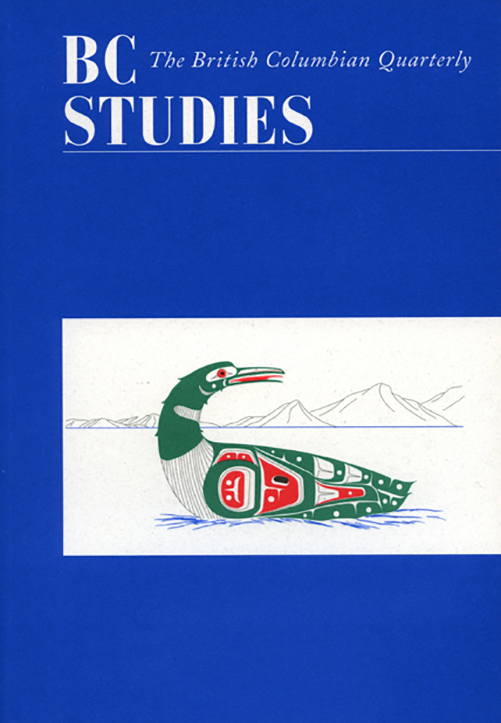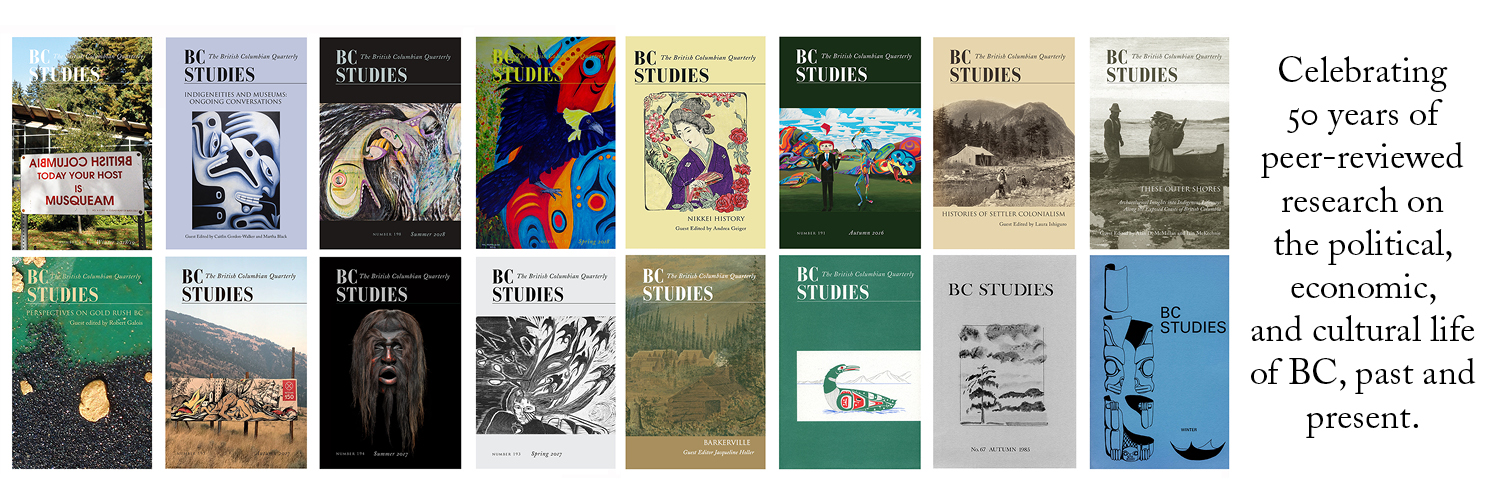Regional patterns of substance use in the homeless in British Columbia
DOI:
https://doi.org/10.14288/bcs.v0i184.184890Keywords:
homelessness, Vancouver, Victoria, Prince George, substance use, liquor and drugsAbstract
Objectives: This paper presents an analysis of the frequency and rates of substance use of 500 homeless individuals in three different geographic homeless populations in British Columbia, Canada: Vancouver, Victoria, and Prince George.
Methods: The Maudsley Addiction Profile (MAP) was administered to measure substance use, and chi-squared tests were used to evaluate the significance level of substance use in each city.
Results: The findings reveal a significant relationship between region and type of substance used. Alcohol use was significantly higher in Prince George, amphetamine and heroin use were higher in Vancouver and Victoria, and non-prescribed opioid use was lowest in Vancouver.
Conclusion: The study suggests that substance use among the homeless varies based on the specific region and context; substance availability, demographic differences, and other factors clearly affect usage patterns. In order to effectively deliver substance use resources to homeless populations, local needs assessments should first be conducted, rather than adopting substance use programs based on effectiveness or efficacy from other locations, in order to tailor treatment and prevention programs to the specific context of that particular homeless population.



